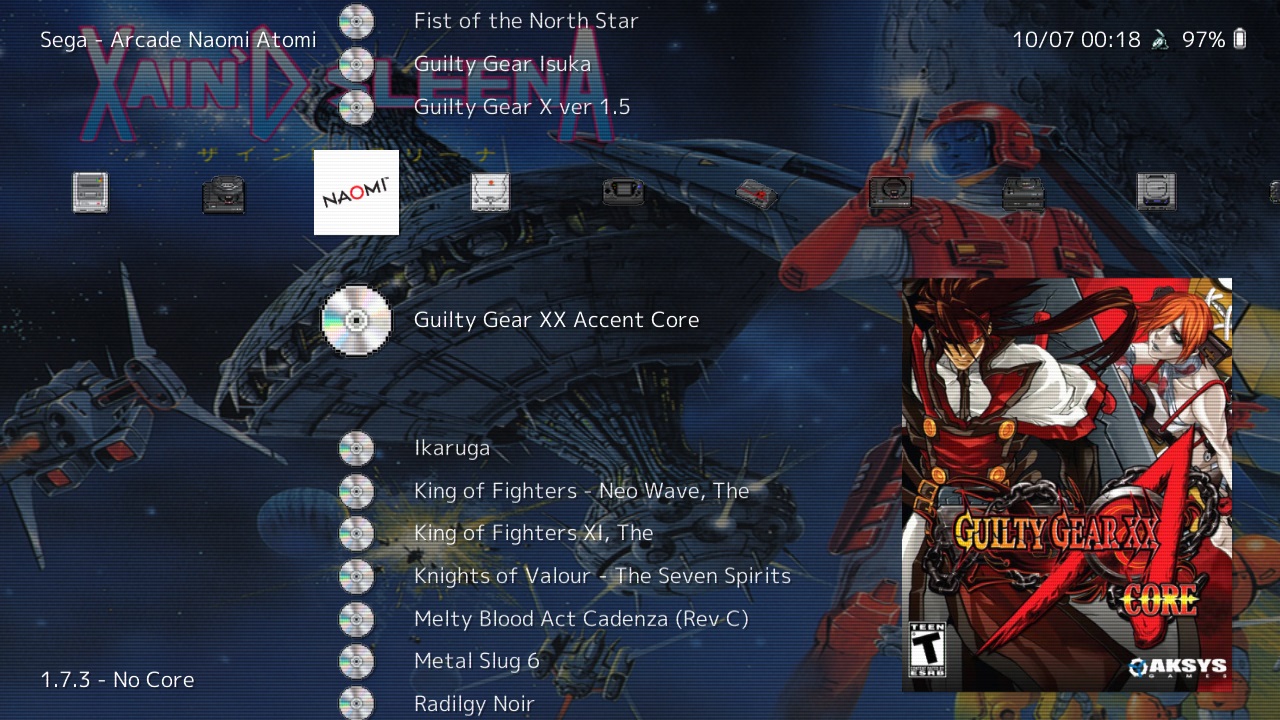

- #Metal slug 6 arcade retropie how to#
- #Metal slug 6 arcade retropie install#
- #Metal slug 6 arcade retropie upgrade#
You can enable SSH by following the How To Enable RetroPie SSH Interface tutorial. I usually do this by connecting to the Pi via SSH from my PC. This can be downloaded directly to your Pi user’s home directory. The script is launched when the Pi boots and monitors the state of the GPIO pin. In order to perform the shutdown when the button is pressed you will need a simple Python script.
#Metal slug 6 arcade retropie install#
Run the following command : sudo apt-get -y install python3-gpiozero Add Shutdown Script to RetroPie

This is installed by default on the Raspbian image but for RetroPie it needs to be installed manually. In order to check the status of the button you need to install the GpioZero library. Once enabled you can connect using any SSH client on your PC, such as “Putty”. Please see the How To Enable RetroPie SSH Interface tutorial for details on enabling SSH. When you need to return to EmulationStation you simply run the command “emulationstation”. If you connect a keyboard to your RetroPie system you can press F4 to bring up the command line. There are two methods you can use to do this. In order to setup the script you will need to use the command line. I used the pins shown below because they were next to each other and made the wiring a bit easier. The diagram below shows how these wires were attached to the GPIO header.

This avoided soldering anything to the switch and gave me the option of removing or replacing the switch at a later date.įemale “Dupont” style connectors allowed the wires to be easily connected to the GPIO header : Miniature spade terminals were used to attach wires to the switch. If your switch is not an illuminated type you can ignore the LED references in the table above. Double check the wiring to make sure you do not ever connect the GPIO pins to 5V. The GPIO pins should never be connected to anything higher than 3.3V. The LED is powered from the Pi’s 5V supply. Remember that GPIO numbers are different to physical Pin numbers. Two connections were required for the LED and two for the switch which is used to change the state of a GPIO pin. It was designed for 12V but the red LED inside works fine with 3.3V or 5V. The switch/button I used was an automotive momentary action device with an illuminated power symbol. This avoids any accidental shutdowns especially if the system is being used by curious children. This allows you to hold it down and only trigger the shutdown if it has been held for a certain number of seconds. You can use any momentary action switch for this project. Using a separate switch on the side ensured it wasn’t accidentally activated while playing games with the main player buttons.Īlthough this guide is especially relevant to RetroPie systems it could be used in any Raspberry Pi project. I decided to implement a shutdown button on my IKEA arcade table to make it easier for kids to correctly shutdown the system without needing to mess around in the menus.
#Metal slug 6 arcade retropie upgrade#
It’s probably the most useful upgrade you can make to a Pi gaming system. All you need is a basic momentary action switch, some wiring and a simple Python script. This tutorial explains how you can do this via a shutdown button connected to the Raspberry Pi’s GPIO header. Set region/language ( N.A.Shutting down RetroPie usually requires the use of a menu in the Emulation Station interface. If by any chance you want to change the language and region, but for whatever reason don’t want to enter the service menu, you can preset it here too process is the same: Open the original NVRAM file with an hex-editor and replace the bytes in the following offsets with the corresponding bytes indicated here:Īt this point, you should be good, just save the file and run the game.Make a backup of the file before touching it.Locate your NVRAM file (ex:, typically inside Retroarch’s saves\reicast).

It would be nice if someone could find the instructions in the actual binaries so that it could be always enabled by default anyway, for lack of a better option, if you want to modify your own NVRAM file, it is fairly easy. There is also the option to use an existing NVRAM file which has the option already enabled, with the caveat of overriding your own settings, stats, scores, etc. As the thread linked above mentions, there is a weird way to enable the gore mode through a particularly difficult button combination.


 0 kommentar(er)
0 kommentar(er)
